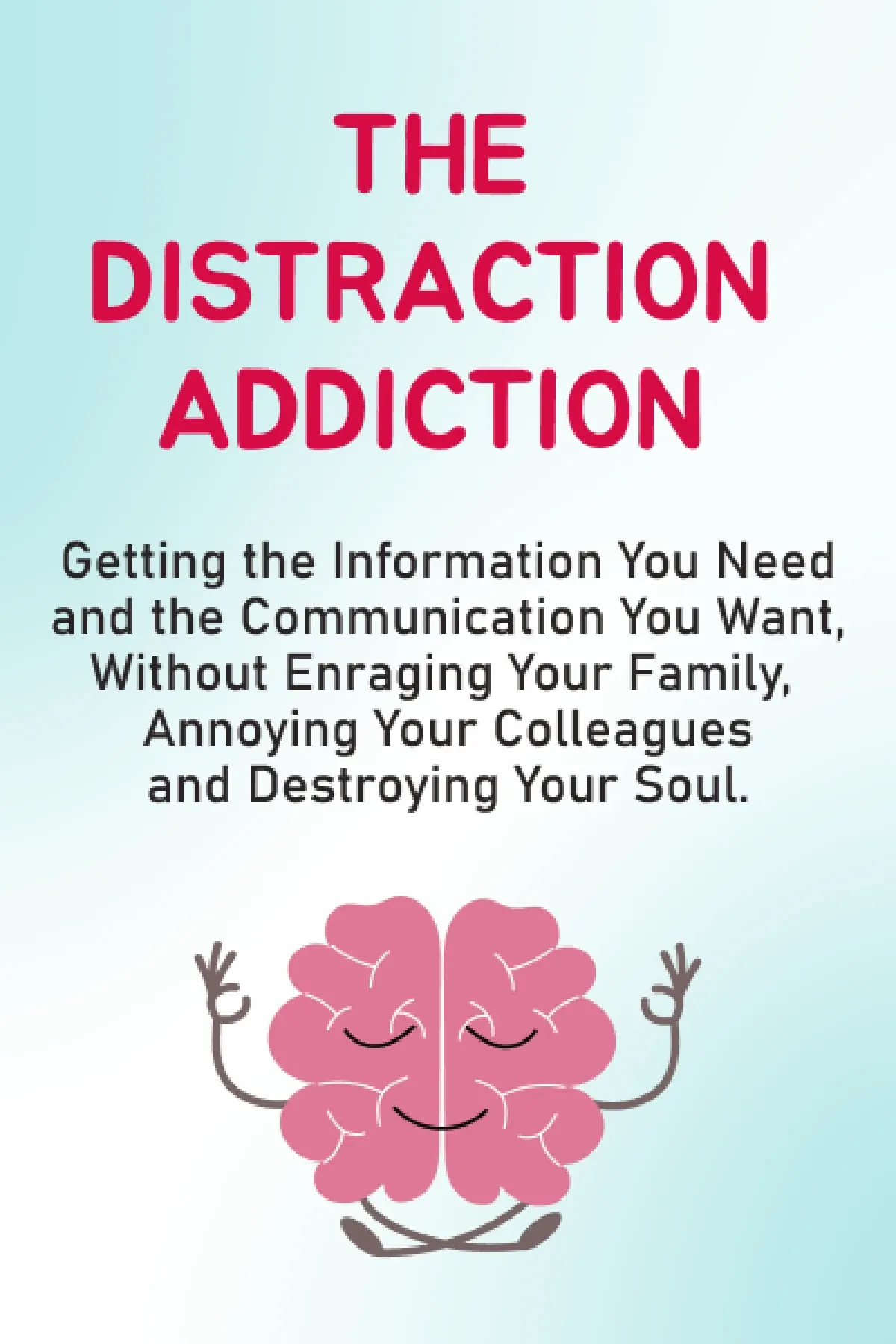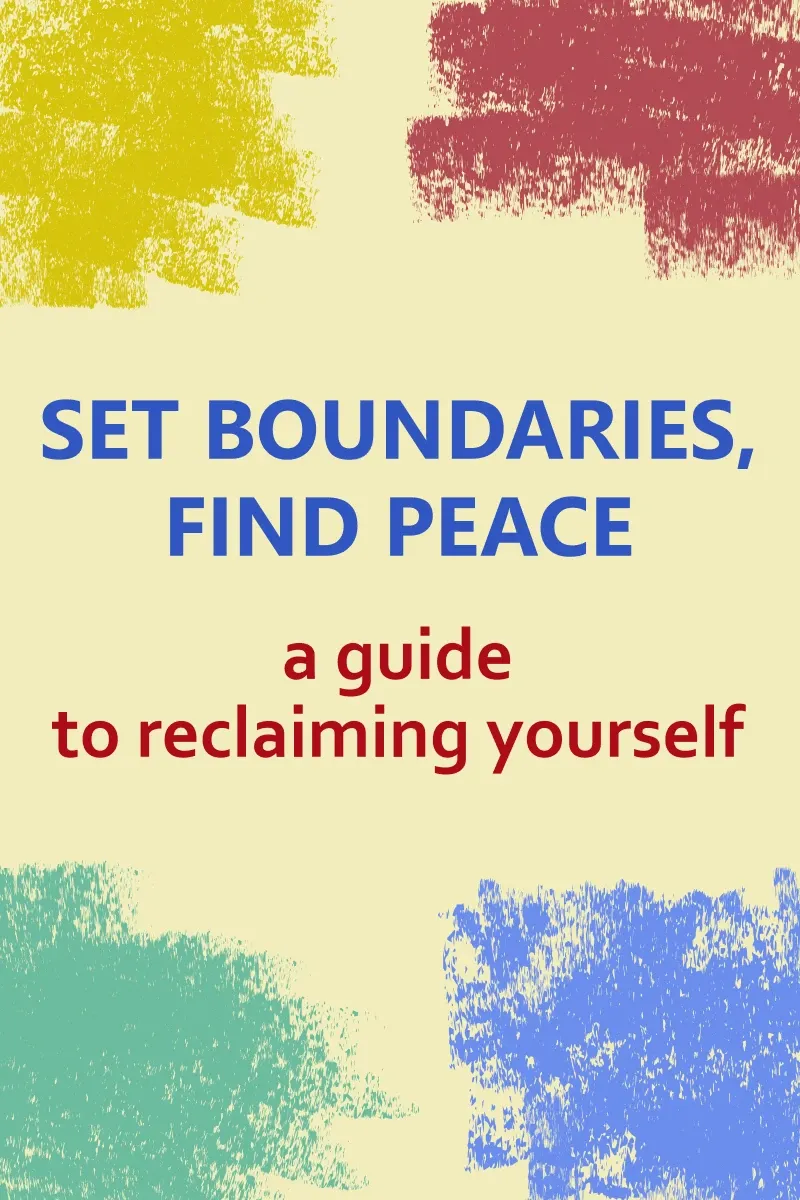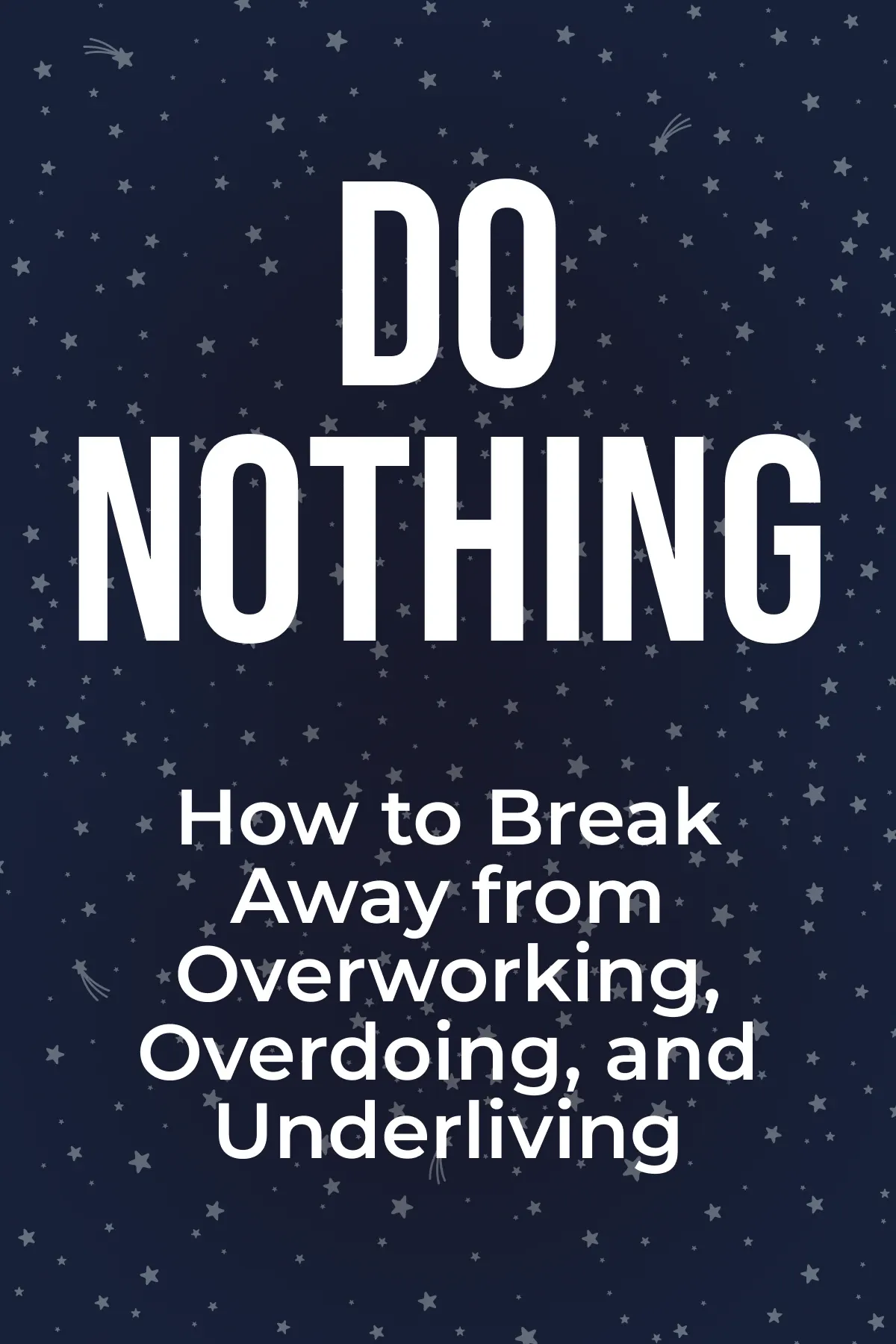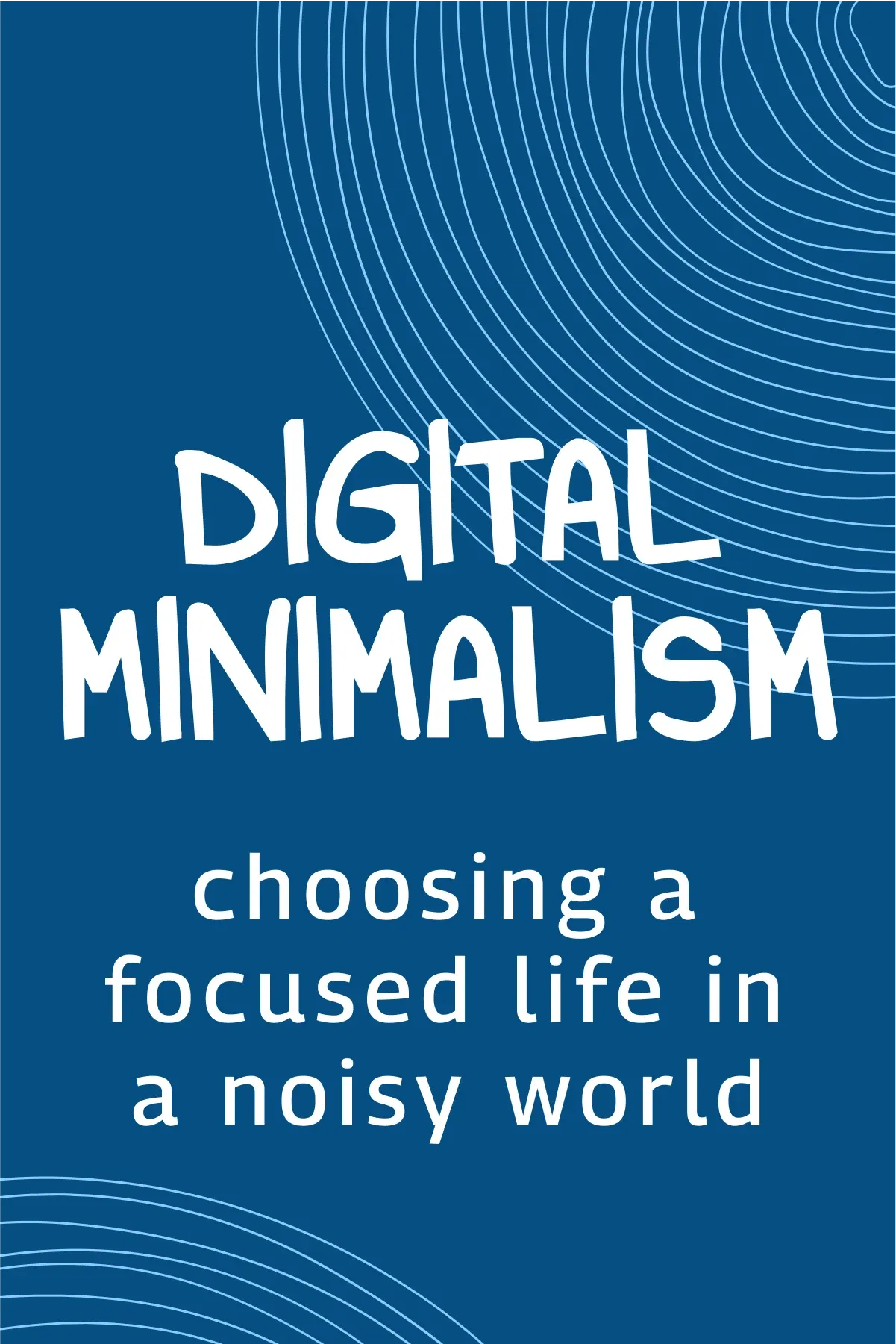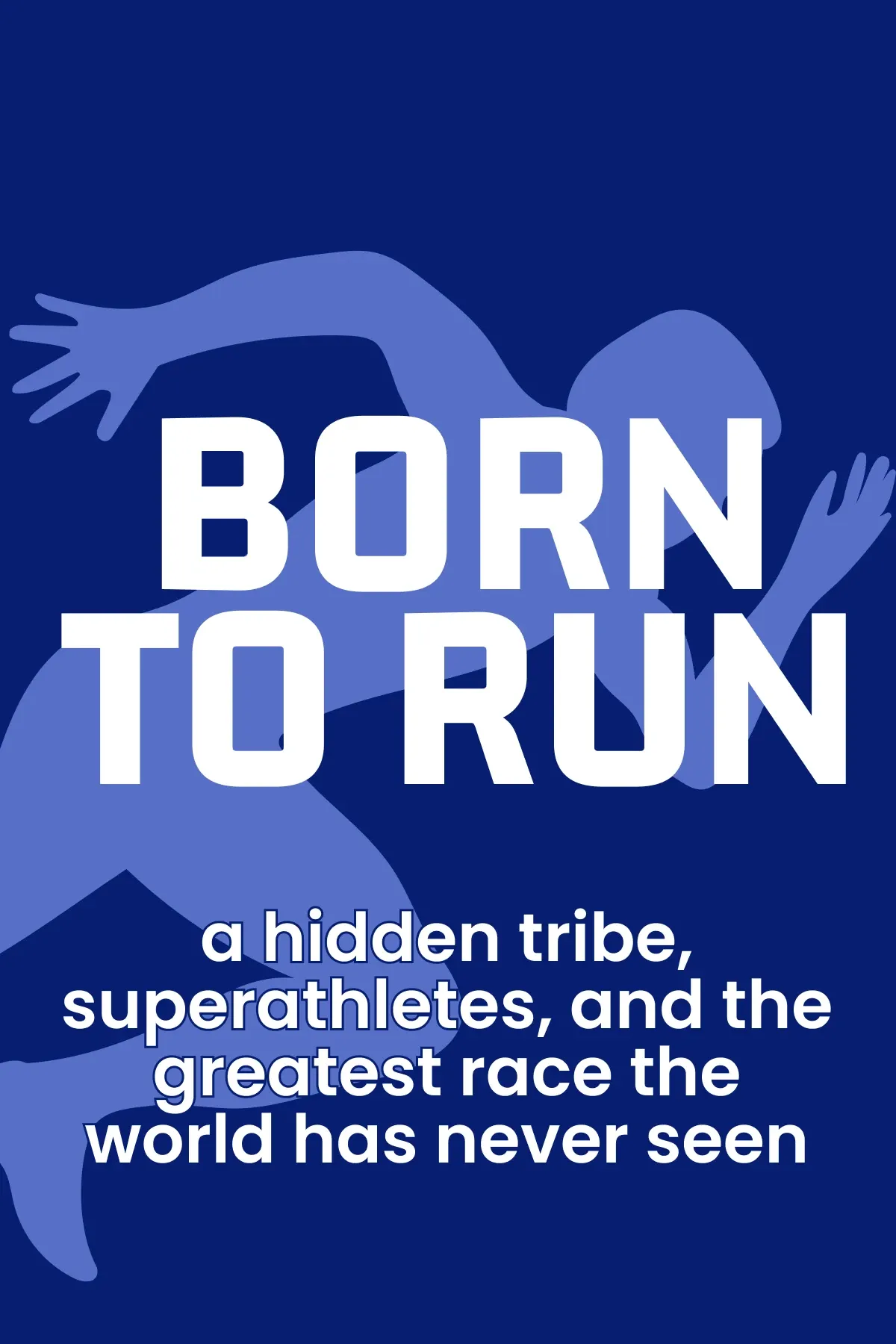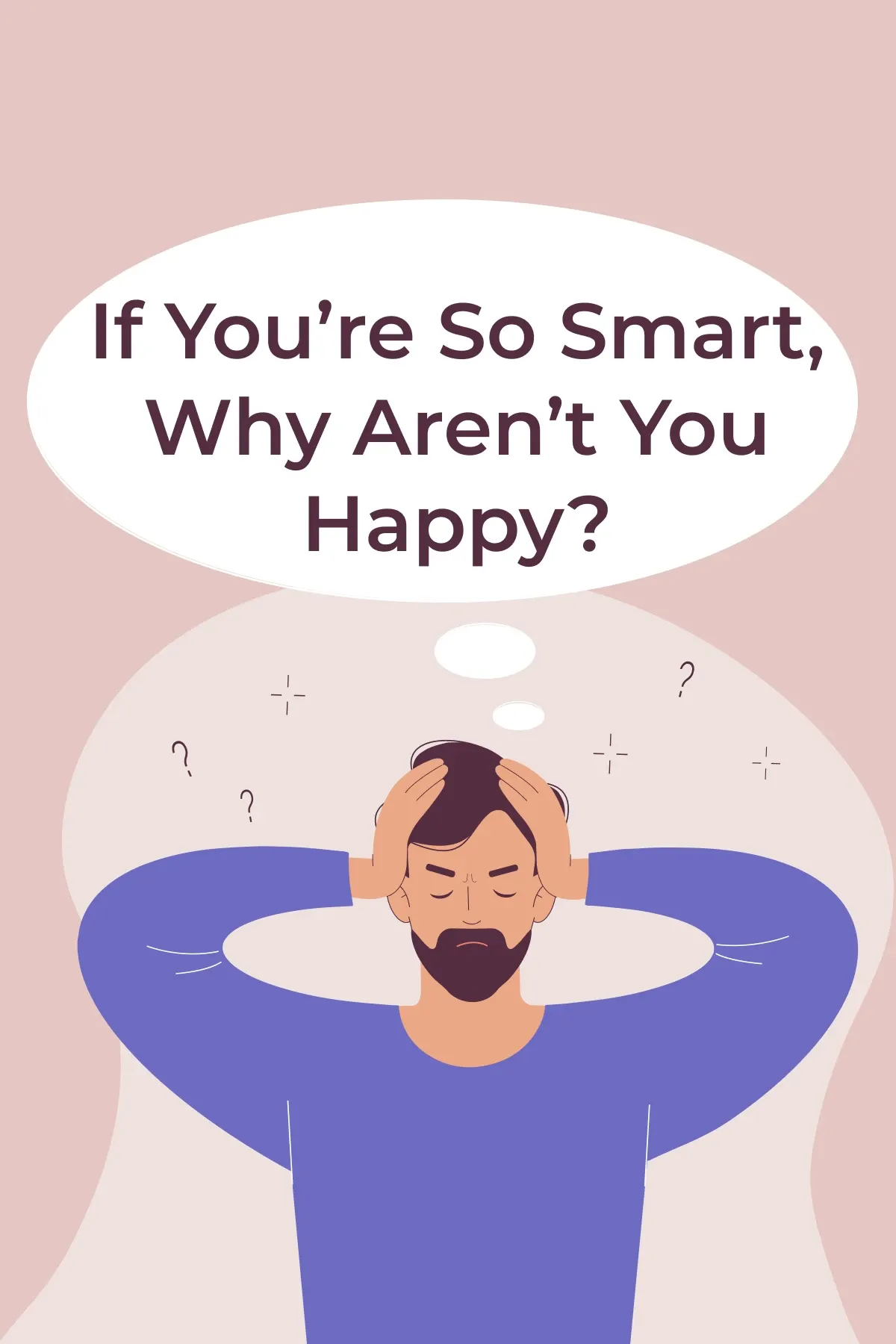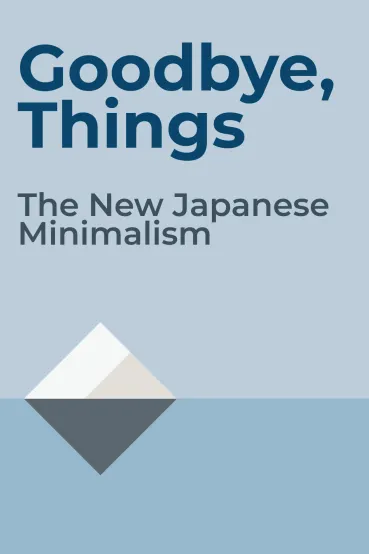
Goodbye, Things
Brief Summary
“Goodbye, Things: The New Japanese Minimalism” provides guidance about creating and maintaining a minimalistic lifestyle. This book explains how minimalism can help you develop your mindfulness, focus, and productivity. So, read on and learn to discard old and unnecessary things in your life.
Topics
Key points
Key idea 1 of 8
In a minimalist lifestyle, you reduce your possessions to an absolute minimum, keeping only what is necessary. People start living a minimalist lifestyle for various reasons. Some lose peace and control over their lives because of a large amount of possessions. Others may come to minimalism when they are wealthy, but their abundance of things does not bring them happiness. However, the goal is always the same – to get rid of unnecessary things and become happier.
The author, Fumio Sasaki, was not a minimalist all his life. On the contrary, he liked to keep a lot of things. For example, a colleague could write him a note about what tasks must be done. Instead of completing the task and getting rid of the piece of paper, Sasaki could keep it as a memory. After all, a person has given his time and effort to make it easier for him to plan his work. In this way, the author collected more and more things.
Sasaki could not just say goodbye to these things because each carried its value and memories for him. He was a great maximalist who wanted to collect all the best and newest. However, the more things arrived, the more Sasaki focused on what he didn't have. Because of this, he began to envy other people who had at least one newer and better thing that he did not possess. Then, it became clear that it was time to change something.
Sasaki started small: he got rid of unnecessary papers and photos, then decorative objects, books, and other things that had no practical use. And only after that did he manage to experience true freedom and happiness.
The problem of maximalism and fixation on material things is widespread in the modern world. When we see an “empty space” at home, we immediately want to fill it with something. For example, if we have free space above the table, we will hurry to hang a bookshelf there, even though we already have a bookcase. Sometimes, it's worth leaving that space as it is so it will provide peace of mind and freedom.
You may also like these summaries





